Home>Garden Essentials>How To Eat A Pomegranate Seed
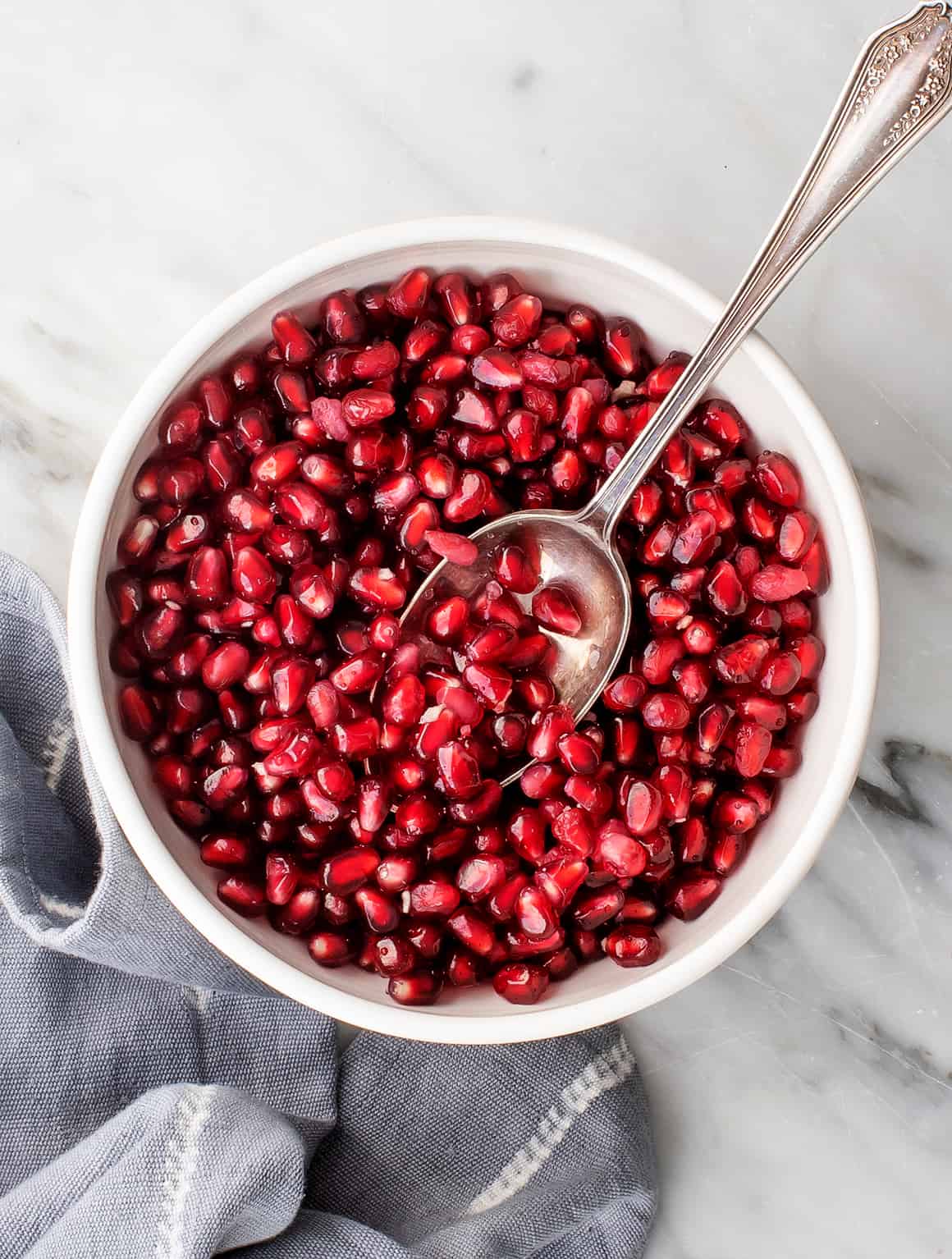

Garden Essentials
How To Eat A Pomegranate Seed
Modified: March 16, 2024
Learn how to eat a pomegranate seed from your own garden and savor its delicious flavor. Discover the best techniques for enjoying this nutritious fruit.
(Many of the links in this article redirect to a specific reviewed product. Your purchase of these products through affiliate links helps to generate commission for Storables.com, at no extra cost. Learn more)
Introduction
Welcome to the delicious world of pomegranate seeds! These ruby-red gems are not only visually appealing but also packed with a plethora of health benefits. Whether you’re a pomegranate aficionado or trying them for the first time, this article will guide you on how to enjoy these seeds to the fullest.
Pomegranates have been revered for centuries for their medicinal properties and culinary versatility. They are rich in antioxidants, vitamins, minerals, and anti-inflammatory compounds, making them a powerhouse of nutrition. From promoting heart health to boosting the immune system, pomegranate seeds offer numerous health benefits that cannot be ignored.
Before diving into the details of how to eat pomegranate seeds, let’s take a closer look at the many ways they can improve your well-being.
Key Takeaways:
- Pomegranate seeds are a powerhouse of nutrition, offering benefits like heart health, immune system support, and improved digestion. Enjoy them in salads, yogurt, smoothies, and more for a tasty and healthy treat!
- Extracting and enjoying pomegranate seeds is easy with a few simple techniques. Submerge the fruit in water, use a wooden spoon, and pair the seeds with complementary flavors to maximize your culinary adventures.
Read more: What To Eat With Pomegranate Seeds
Health Benefits of Pomegranate Seeds
Pomegranate seeds are not only a delight to eat, but they also provide an array of health benefits. Here are some of the key advantages of incorporating pomegranate seeds into your diet:
- Rich source of antioxidants: Pomegranate seeds are packed with antioxidants, including punicalagins and anthocyanins, which help protect the body against free radicals and oxidative stress. These antioxidants have been linked to reducing the risk of chronic diseases, such as heart disease, cancer, and diabetes.
- Heart-healthy properties: Consuming pomegranate seeds can significantly improve heart health. They have been shown to lower blood pressure, reduce cholesterol levels, and enhance overall cardiovascular function. The high content of polyphenols in pomegranates supports healthy blood flow and reduces the risk of heart disease.
- Boosts immune system: Pomegranate seeds are rich in Vitamin C, which plays a crucial role in boosting the immune system. The antioxidants in pomegranates also help prevent inflammation and strengthen the body’s defense against infections and diseases.
- Anti-inflammatory properties: Inflammation is the root cause of many chronic diseases. Pomegranate seeds have potent anti-inflammatory properties that can help reduce inflammation in the body. This can be beneficial for those suffering from conditions like arthritis and inflammatory bowel diseases.
- Improves digestion: Pomegranate seeds are a good source of dietary fiber, which aids in digestion and promotes a healthy gut. Eating pomegranate seeds can help regulate bowel movements, prevent constipation, and maintain a healthy digestive system.
- Enhances skin health: The antioxidants in pomegranate seeds can help improve skin health and promote a youthful complexion. They protect the skin from damage caused by UV radiation, reduce the appearance of wrinkles, and improve overall skin texture.
- Supports weight management: If you’re looking to shed a few pounds, pomegranate seeds can be a great addition to your diet. They are low in calories and high in fiber, which can help you feel fuller for longer and aid in weight loss efforts.
With all these incredible health benefits, it’s no wonder pomegranate seeds have gained popularity as a superfood. Now that you know the advantages, let’s explore the different ways you can prepare and enjoy these nutritious seeds.
Preparing Pomegranate Seeds for Consumption
Preparing pomegranate seeds may seem daunting at first, but with a few simple techniques, you can easily extract the seeds and enjoy their juicy goodness. Here are the steps to prepare pomegranate seeds:
- Selecting a ripe pomegranate: Choose a pomegranate that is heavy for its size and has a vibrant color. Avoid fruits with any signs of bruising or wrinkling.
- Washing the pomegranate: Rinse the pomegranate under cold water to remove any dirt or debris on the skin.
- Cutting off the crown: Use a sharp knife to slice off the top crown of the pomegranate.
- Gently scoring the skin: Make a few shallow cuts on the sides of the pomegranate, following the natural ridges, without cutting all the way through.
- Submerging in water: Fill a bowl with water and place the pomegranate inside. Holding the fruit underwater, gently break it apart along the score lines. This will help prevent the juice from splattering and staining your clothes or countertops.
- Separating the seeds: Use your fingers to separate the seeds from the membrane underwater. The seeds will sink to the bottom while the pith floats to the top, making it easier to remove.
- Draining and drying the seeds: Once you have removed all the seeds, drain the water and give the seeds a final rinse. Pat them dry with a paper towel before consuming or using in recipes.
Now that you have successfully prepared the pomegranate seeds, let’s explore some techniques for enjoying them.
Techniques for Eating Pomegranate Seeds
Pomegranate seeds can be enjoyed in a variety of ways, allowing you to savor their sweet and tangy flavor. Here are some techniques for eating pomegranate seeds:
- Snacking on the seeds: One of the simplest ways to enjoy pomegranate seeds is to eat them as a snack. Simply grab a handful of seeds and pop them into your mouth. They are a perfect on-the-go treat packed with antioxidants and a burst of juicy flavor.
- Sprinkling on salads: Add a pop of color and a burst of flavor to your salads by sprinkling some pomegranate seeds over the greens. They pair well with ingredients like spinach, arugula, feta cheese, and nuts, creating a refreshing and vibrant salad.
- Mixing into yogurt or cereal: Enhance the taste and nutritional value of your breakfast by mixing pomegranate seeds into your yogurt or cereal. The seeds add a delightful texture and a hint of sweetness to your morning meal.
- Blending into smoothies: Boost the nutritional content of your smoothies by blending in some pomegranate seeds. Their tangy flavor complements a variety of fruits and adds a vibrant color to your smoothie concoction.
- Addition to desserts: Sprinkle pomegranate seeds on top of desserts like cakes, ice cream, or puddings to add a vibrant touch and a burst of flavor. They not only enhance the visual appeal but also provide a refreshing contrast to the sweetness of the dessert.
- Creating sauces and dressings: Extract the juice from pomegranate seeds and use it to make delicious sauces and dressings. The tangy and slightly sweet flavor of pomegranate juice can elevate the taste of various dishes, from marinades to salad dressings.
- Infusing in drinks: Jazz up your beverages by adding pomegranate seeds to your drinks. They can be a great addition to cocktails, mocktails, or flavored water, adding a burst of freshness and a visually appealing touch.
Experiment with these techniques to find your favorite way of enjoying pomegranate seeds. Now, let’s explore how you can incorporate pomegranate seeds into delicious recipes.
To eat a pomegranate seed, gently bite down on the seed to release the juicy arils inside. Then, spit out the seed and enjoy the sweet and tart flavor of the arils.
Incorporating Pomegranate Seeds into Recipes
Pomegranate seeds not only add a vibrant touch to your dishes but also impart a delightful burst of flavor. Here are some creative ways to incorporate pomegranate seeds into various recipes:
- Winter Salad: Combine pomegranate seeds with mixed greens, sliced oranges, goat cheese, and candied pecans. Drizzle with a lemon honey vinaigrette for a refreshing and nutritious salad.
- Pomegranate Salsa: Mix pomegranate seeds with chopped tomatoes, red onion, jalapeno, cilantro, and lime juice. Serve this tangy and flavorful salsa with tortilla chips or as a topping for grilled fish or chicken.
- Quinoa Pilaf: Add pomegranate seeds to cooked quinoa, along with toasted almonds, dried cranberries, and fresh herbs. This colorful and nutritious pilaf makes a delicious side dish or a light meal.
- Pomegranate Glazed Salmon: Make a glaze using pomegranate juice, honey, soy sauce, and garlic. Brush the glaze on salmon fillets and bake or grill until cooked through. Top with pomegranate seeds for an elegant and flavorful main course.
- Roasted Vegetable Medley: Toss roasted vegetables like butternut squash, Brussels sprouts, and red onions with a sprinkle of pomegranate seeds. The seeds add a burst of freshness and color to the roasted veggies.
- Pomegranate Parfait: Layer Greek yogurt, pomegranate seeds, granola, and a drizzle of honey in a parfait glass. Repeat the layers and top with a dollop of yogurt and some more pomegranate seeds. This nutritious and indulgent dessert is perfect for breakfast or a healthy snack.
- Pomegranate Martini: Shake vodka, pomegranate juice, lime juice, and simple syrup with ice in a cocktail shaker. Strain into a chilled martini glass and garnish with a few pomegranate seeds. Sip and savor this refreshing and beautiful cocktail.
These are just a few examples of how you can incorporate pomegranate seeds into your culinary creations. Get creative and experiment with different recipes to fully enjoy the taste and benefits of these delightful seeds.
Read more: How Do I Eat Pomegranate Seeds
Tips and Tricks for Enjoying Pomegranate Seeds
While pomegranate seeds are delicious and nutritious, they can sometimes be tricky to handle. Here are some tips and tricks to make your pomegranate seed experience even more enjoyable:
- Use a bowl of water: When extracting the seeds from the pomegranate, submerging the fruit in a bowl of water helps prevent the juice from splattering and staining your clothes or countertops. It also makes it easier to separate the seeds from the pith.
- Use a wooden spoon: To release the seeds from the pomegranate, gently tap the back of the fruit with a wooden spoon. This will help dislodge the seeds easily without damaging them.
- Freeze the pomegranate: To make it easier to separate the seeds, freeze the pomegranate for a few hours before cutting and extracting the seeds. The freezing process loosens the seeds, making them come out more effortlessly.
- Store the seeds properly: If you have leftover pomegranate seeds, store them in an airtight container in the refrigerator. They can stay fresh for up to a week. Alternatively, you can freeze them in a sealed bag for future use.
- Choose brighter colored seeds: When selecting pomegranate seeds, look for bright red or burgundy-colored seeds. These tend to be sweeter and juicier than paler or yellowish seeds.
- Avoid white pith: While separating the seeds, be cautious not to include any of the white pith, as it can be bitter in taste. Try to remove as much pith as possible while keeping the seeds intact.
- Pair with complementary flavors: Combine pomegranate seeds with other ingredients that complement their flavor profile. They go well with ingredients like citrus fruits, mint, cilantro, nuts, and creamy cheeses.
- Experiment with different varieties: There are various types of pomegranates, each with its own unique flavor and seed size. Experiment with different varieties to discover your preference and explore the nuances of taste.
- Remove any seeds before swallowing: Pomegranate seeds are generally safe to eat, but some people might find them difficult to digest. To avoid any discomfort, chew the seeds thoroughly or remove them from your mouth before swallowing.
With these tips and tricks, you can enjoy pomegranate seeds with ease and maximize your culinary adventures with this delightful fruit.
Conclusion
In conclusion, pomegranate seeds are not only a visual delight but also a treasure trove of health benefits. From their antioxidant properties to their ability to improve heart health and boost the immune system, pomegranate seeds offer a wide range of advantages when incorporated into your diet.
With a little know-how, preparing and enjoying pomegranate seeds can be a rewarding experience. From snacking on them straight out of the fruit to incorporating them into salads, yogurt, smoothies, and various recipes, there are countless ways to savor their sweet-tart taste and reap their nutritional benefits.
By following some simple techniques such as submerging the fruit in water, using a wooden spoon, or freezing the pomegranate, you can easily extract the seeds without any fuss. Proper storage and pairing pomegranate seeds with complementary flavors can also enhance your culinary creations.
Whether you’re already a fan of pomegranate seeds or trying them for the first time, you now have the knowledge and tips to fully enjoy these vibrant and nutritious gems. So go ahead, indulge in the juicy goodness of pomegranate seeds and experience all the wonderful benefits they offer for your health and wellbeing.
Remember, there’s no wrong way to eat a pomegranate seed, so explore, experiment, and most importantly, savor every bite!
Frequently Asked Questions about How To Eat A Pomegranate Seed
Was this page helpful?
At Storables.com, we guarantee accurate and reliable information. Our content, validated by Expert Board Contributors, is crafted following stringent Editorial Policies. We're committed to providing you with well-researched, expert-backed insights for all your informational needs.
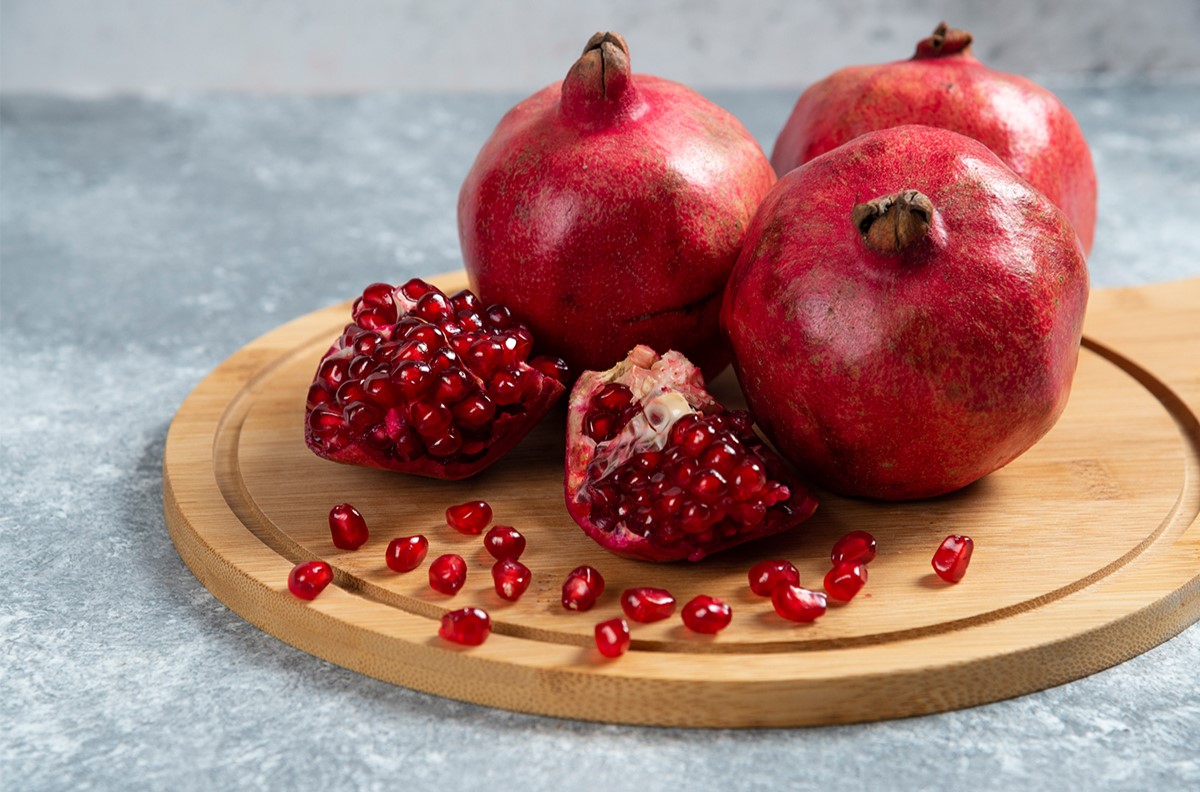
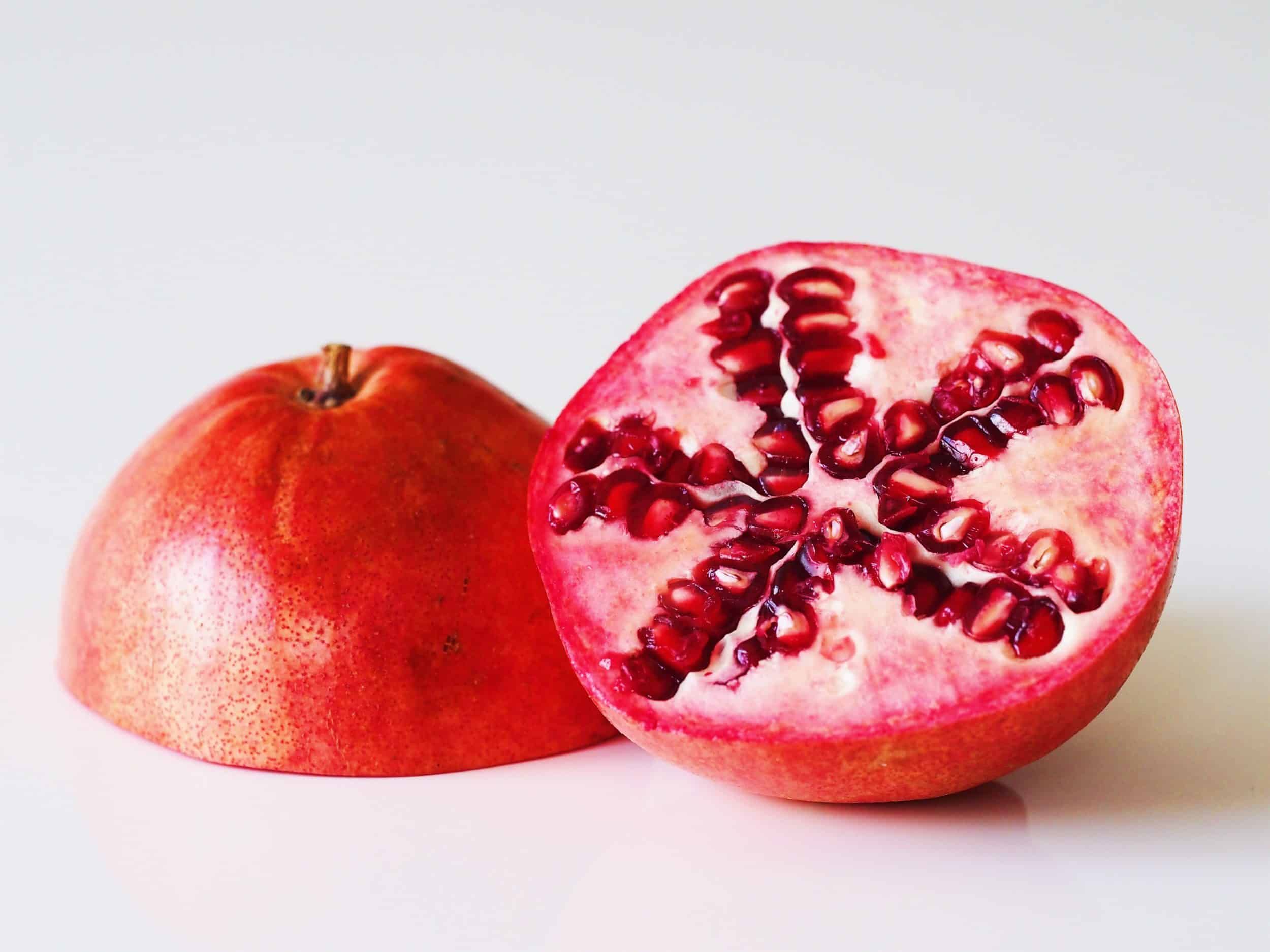
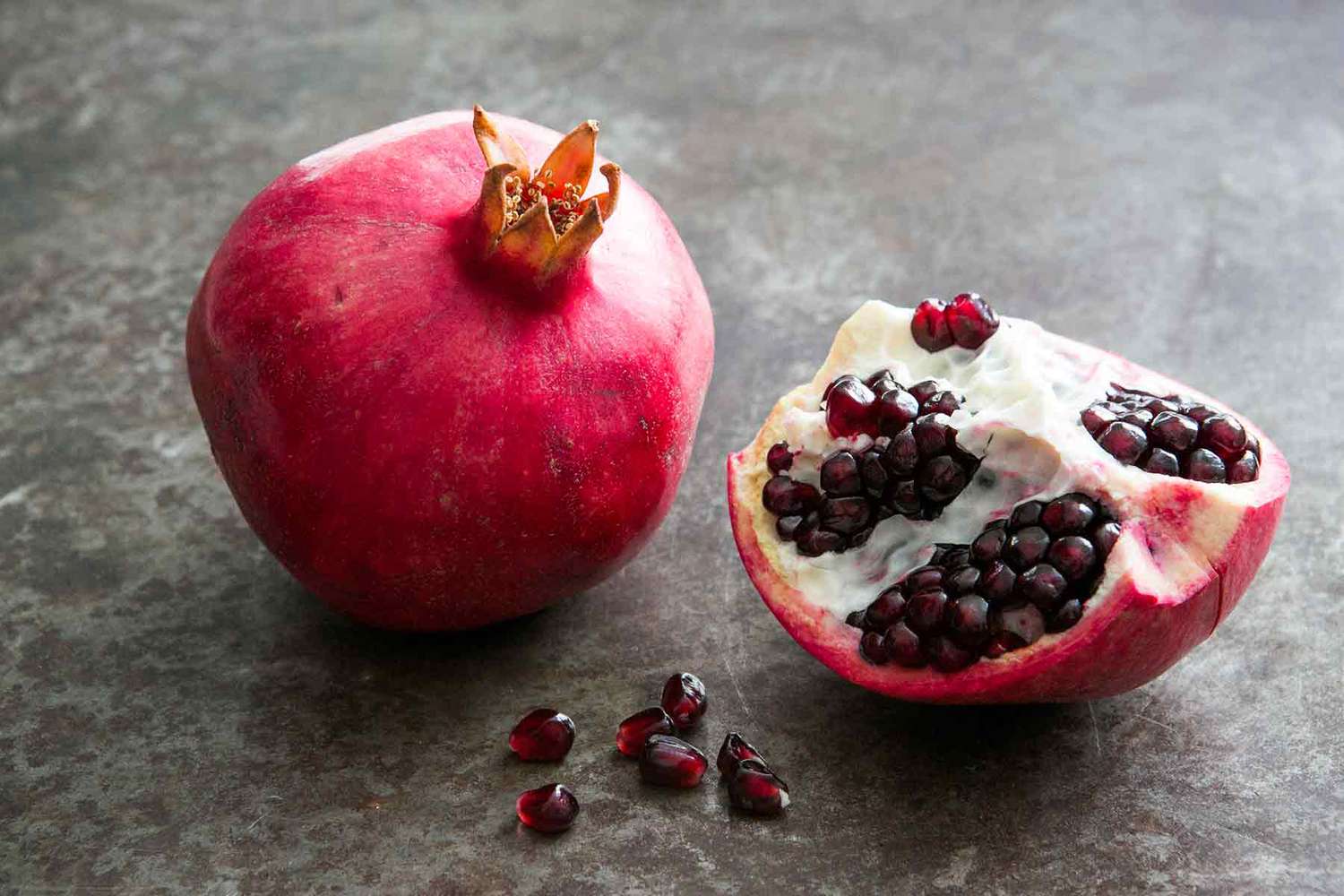
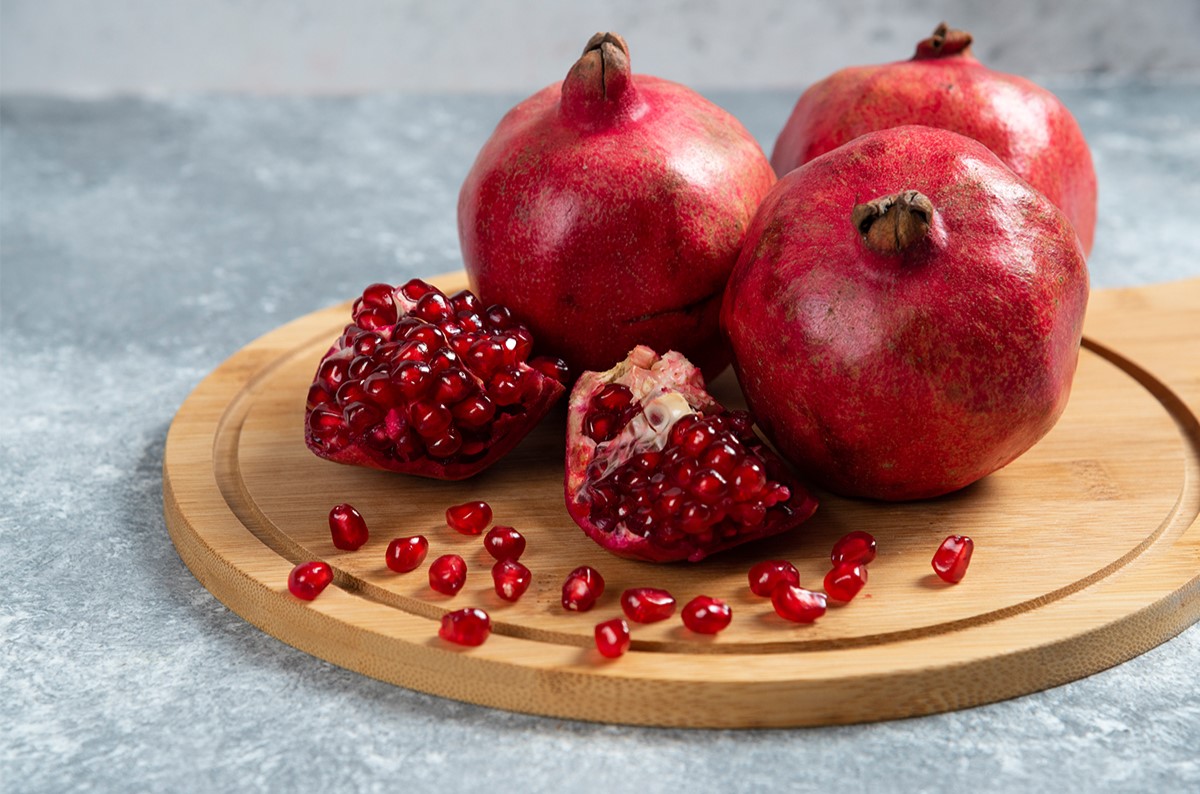
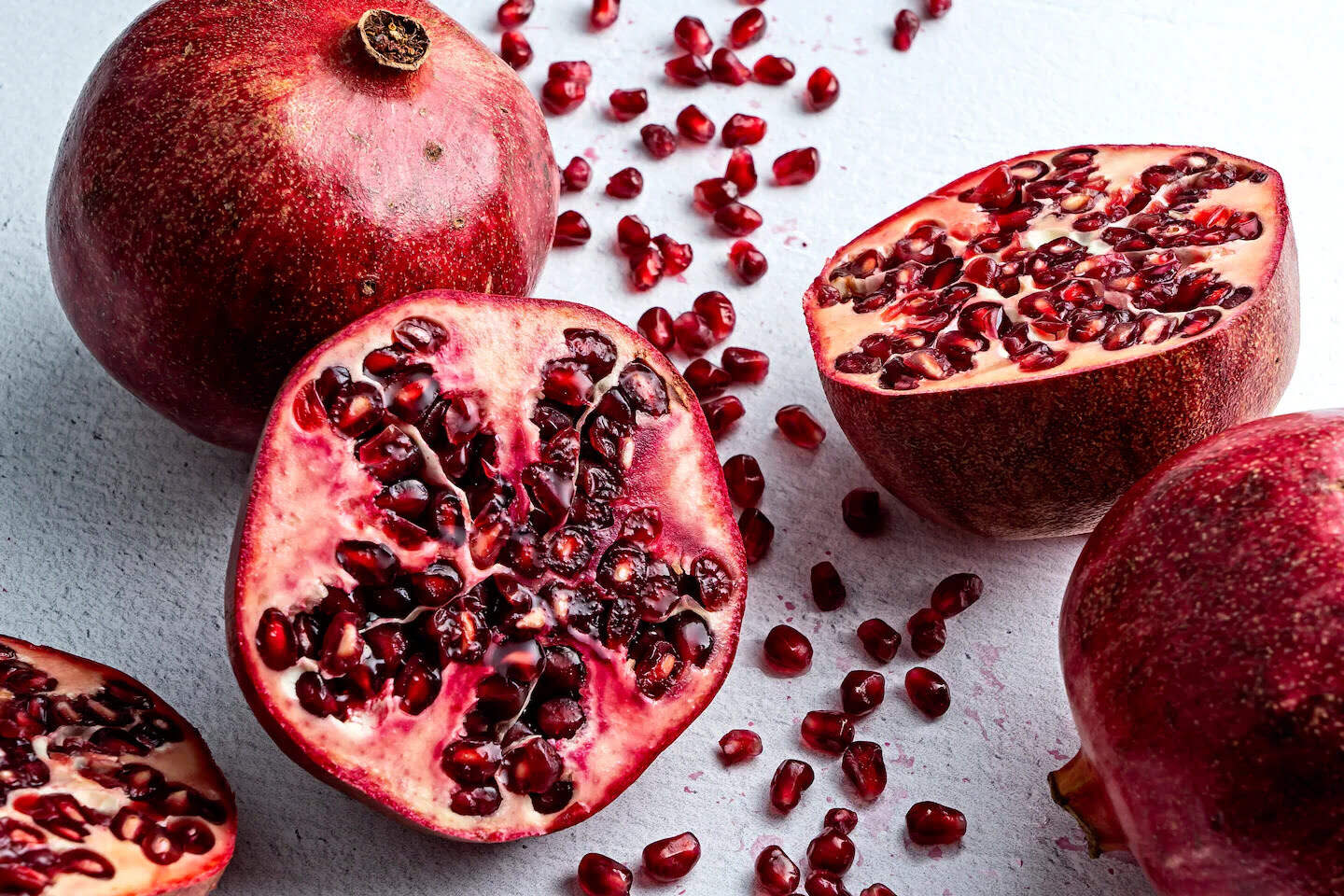
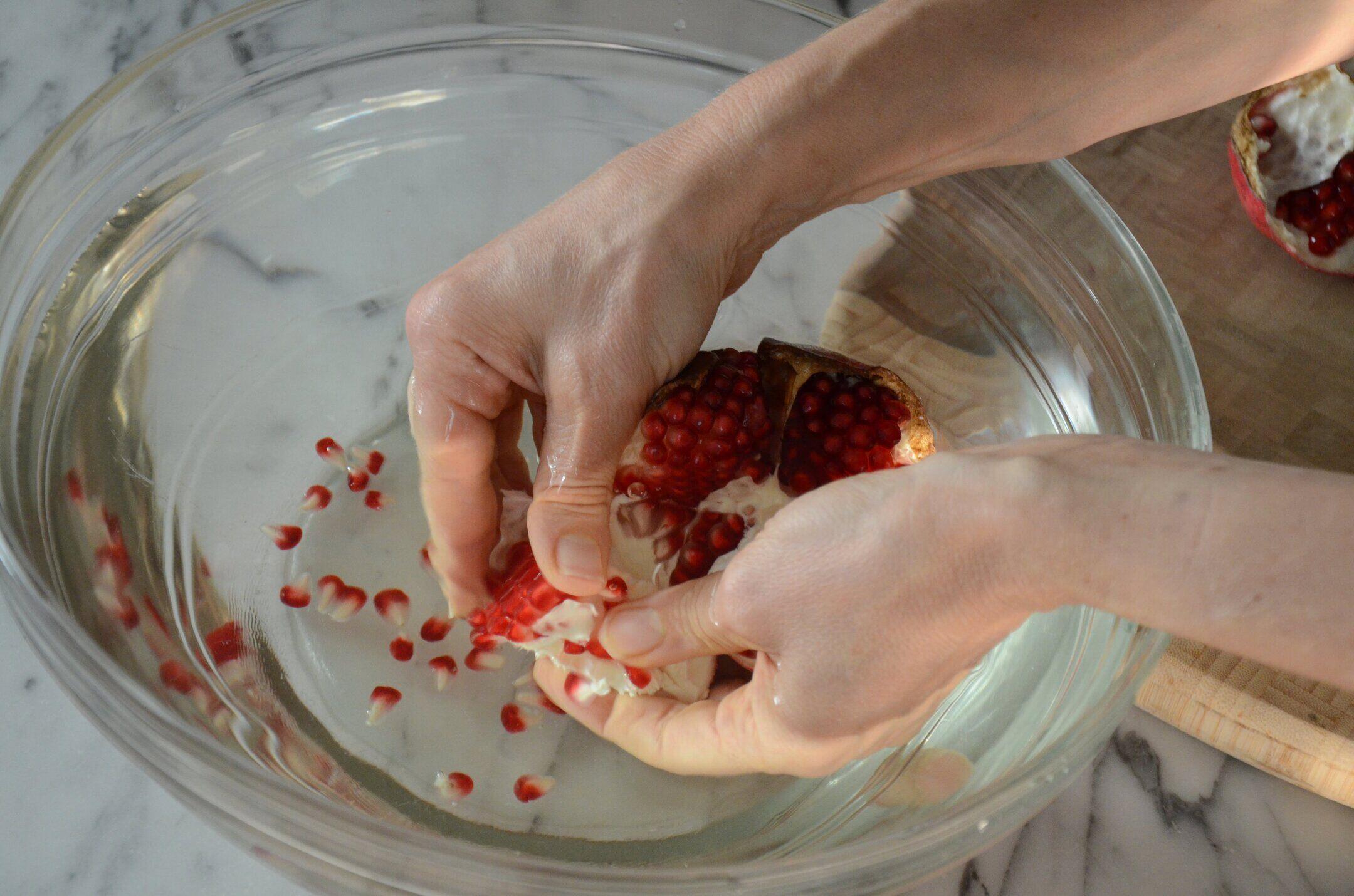
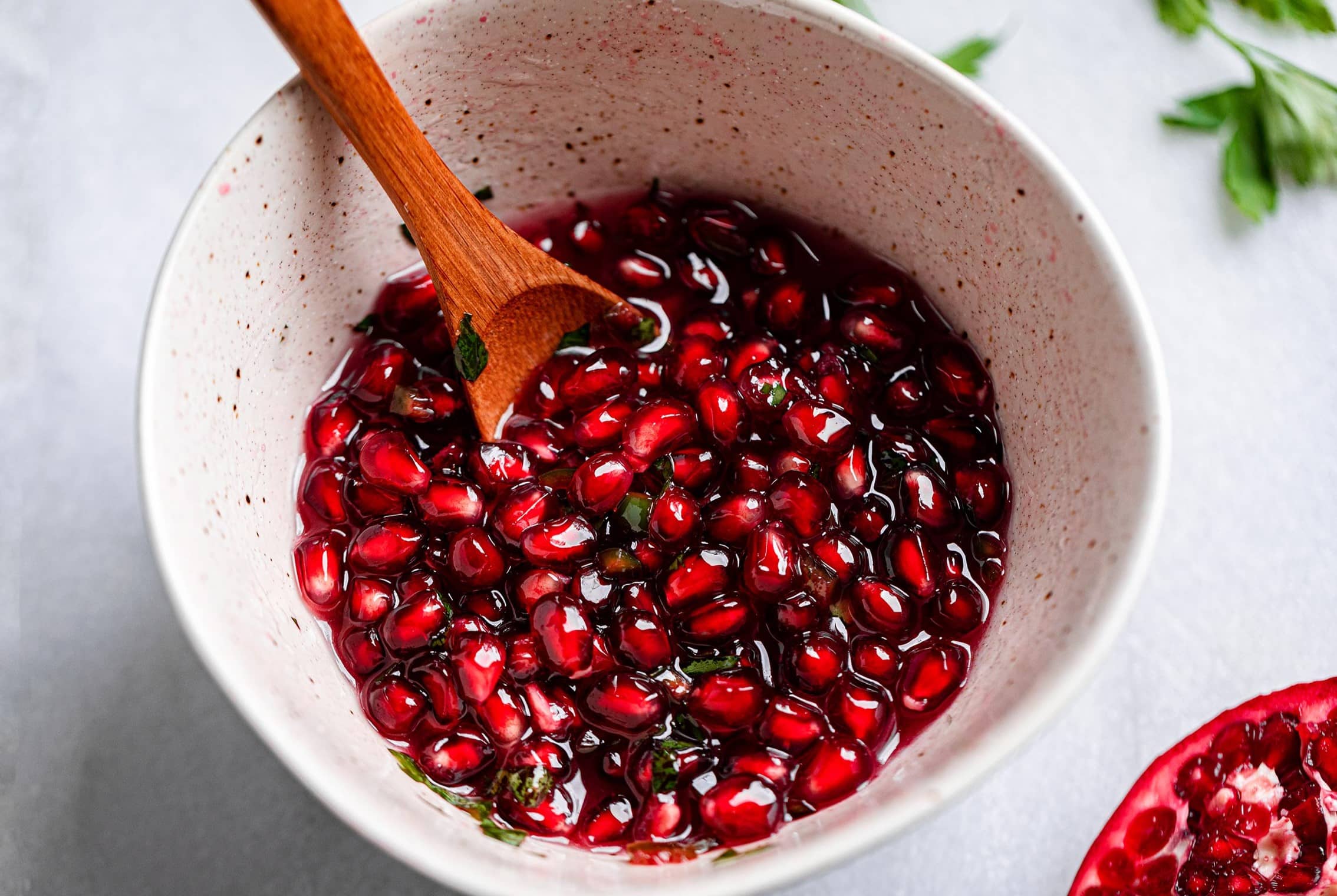
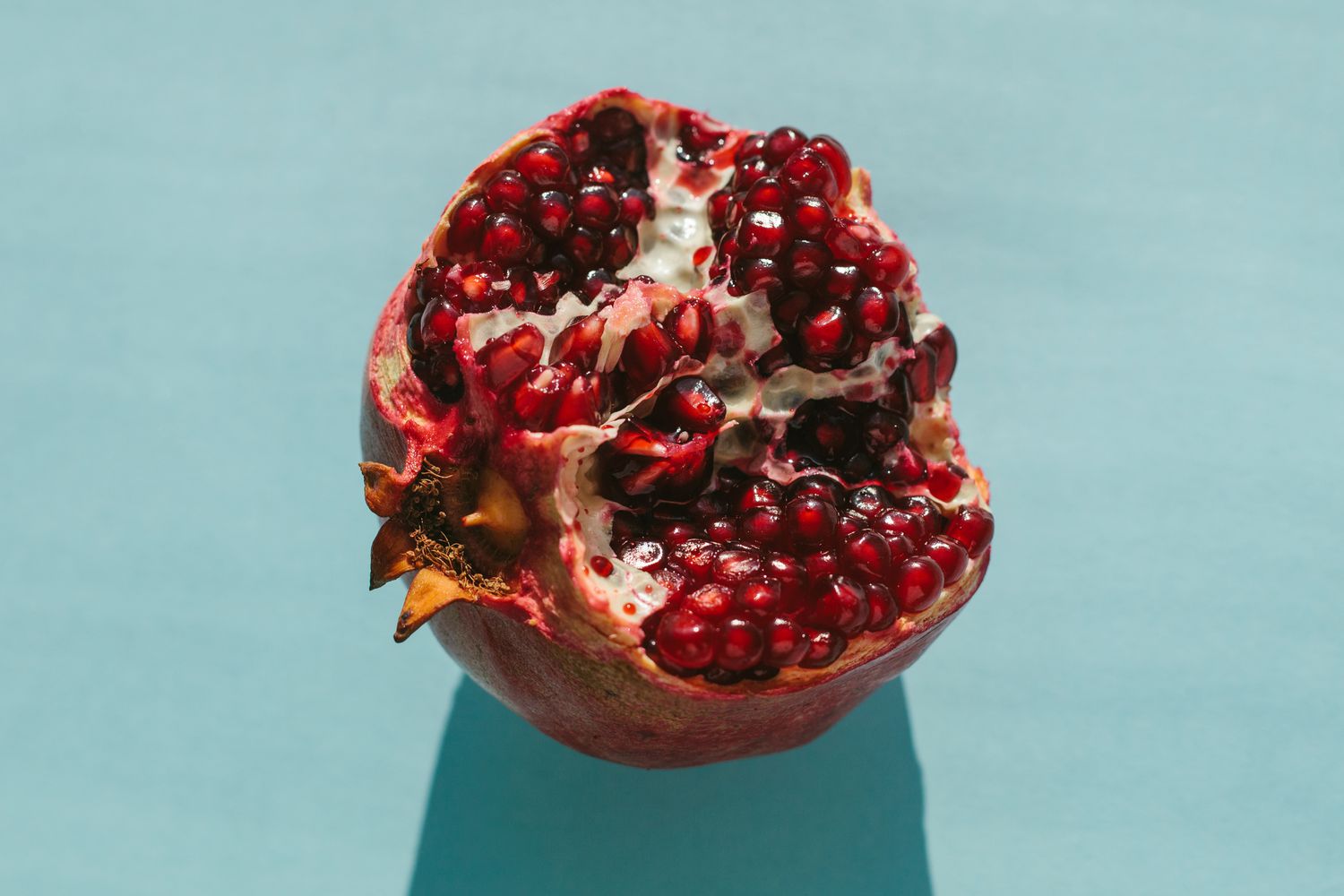
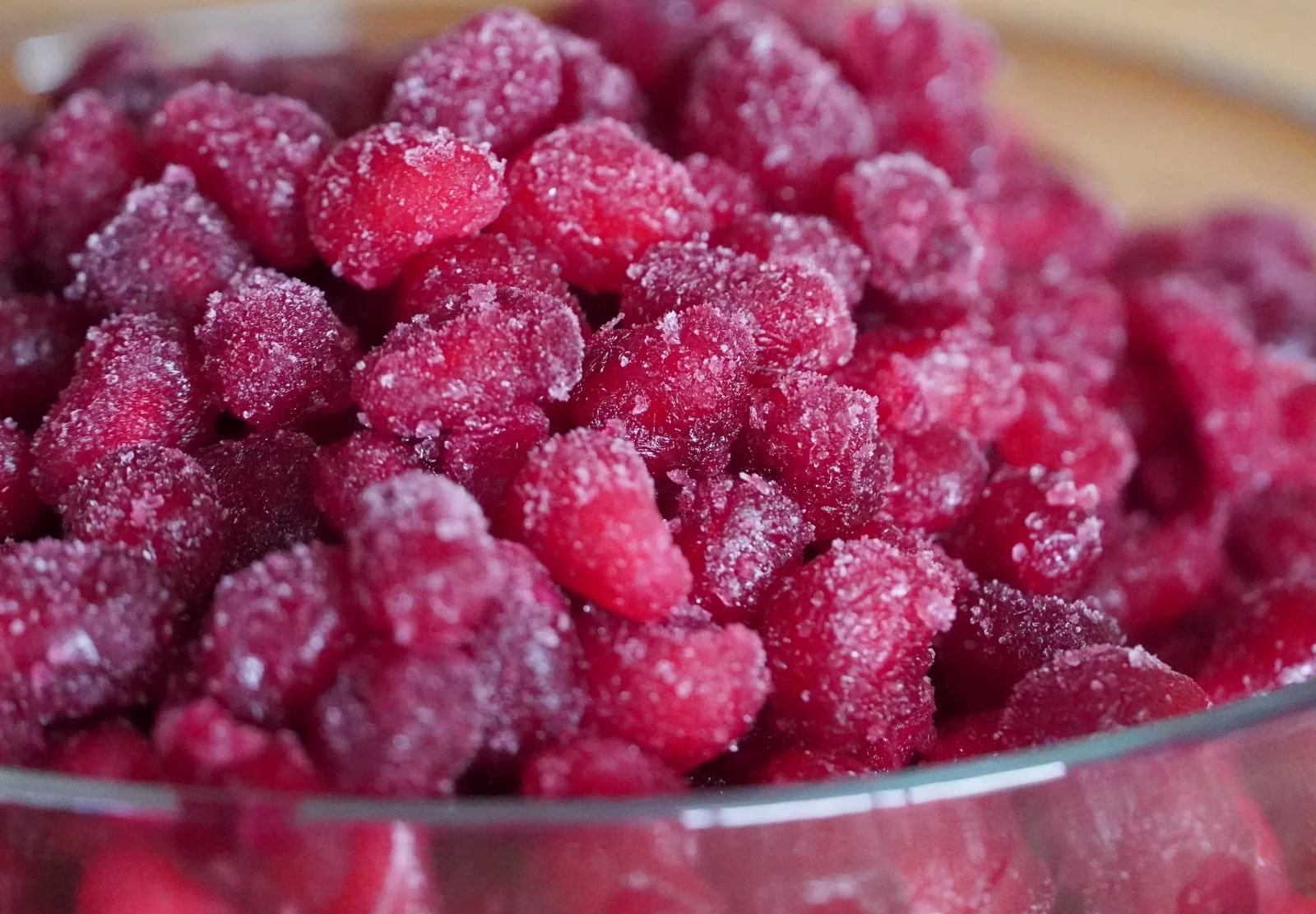
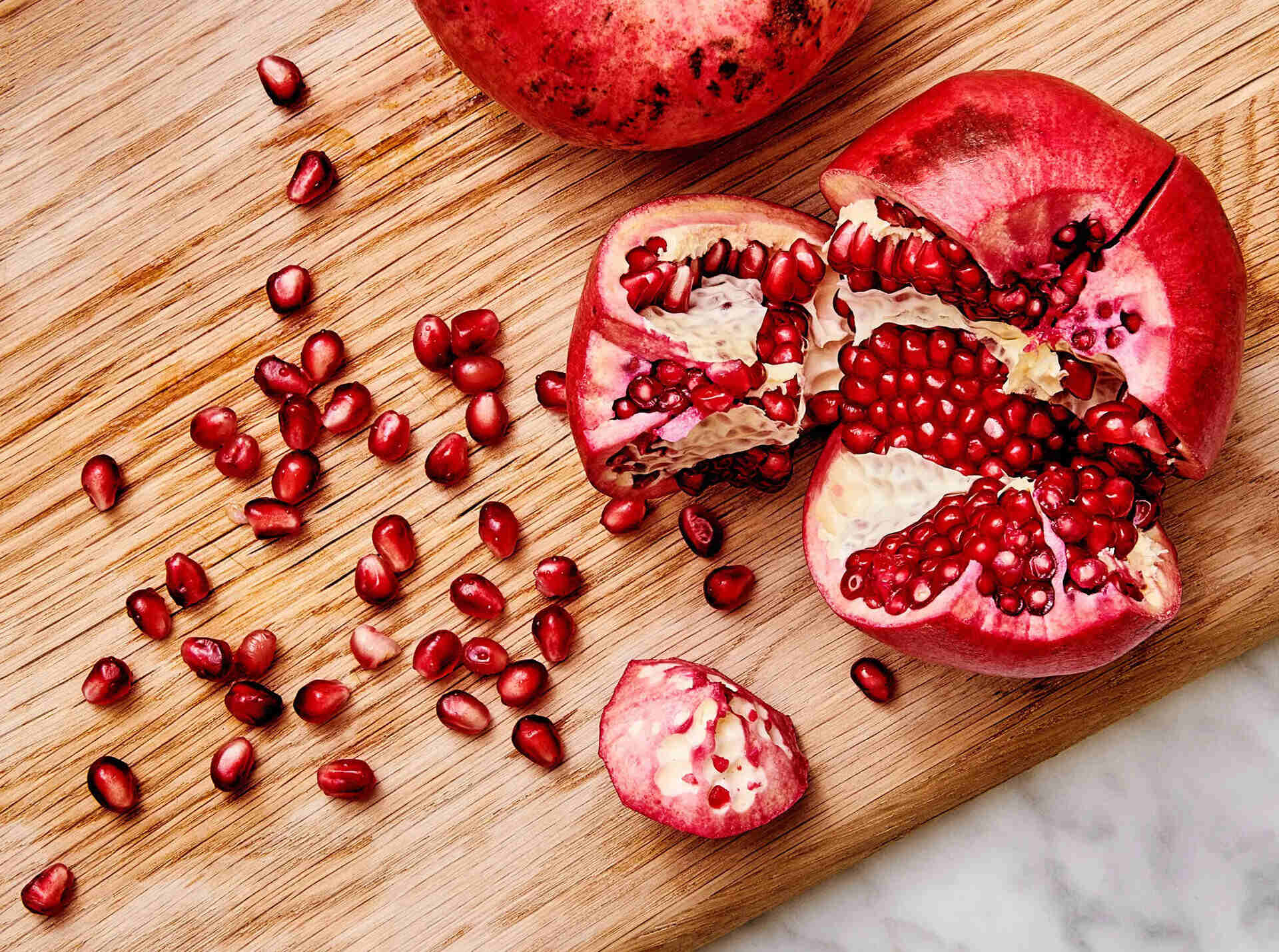
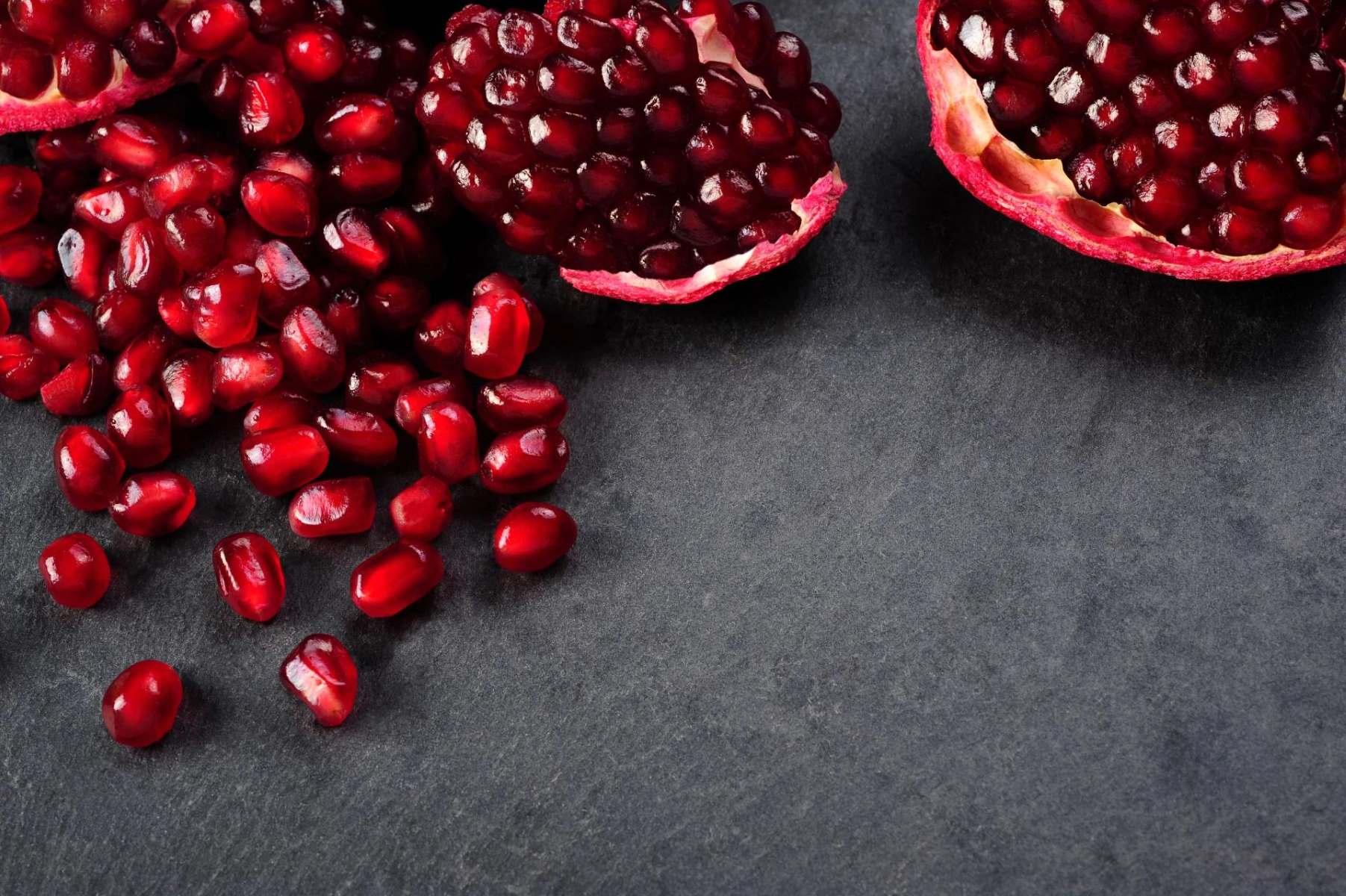

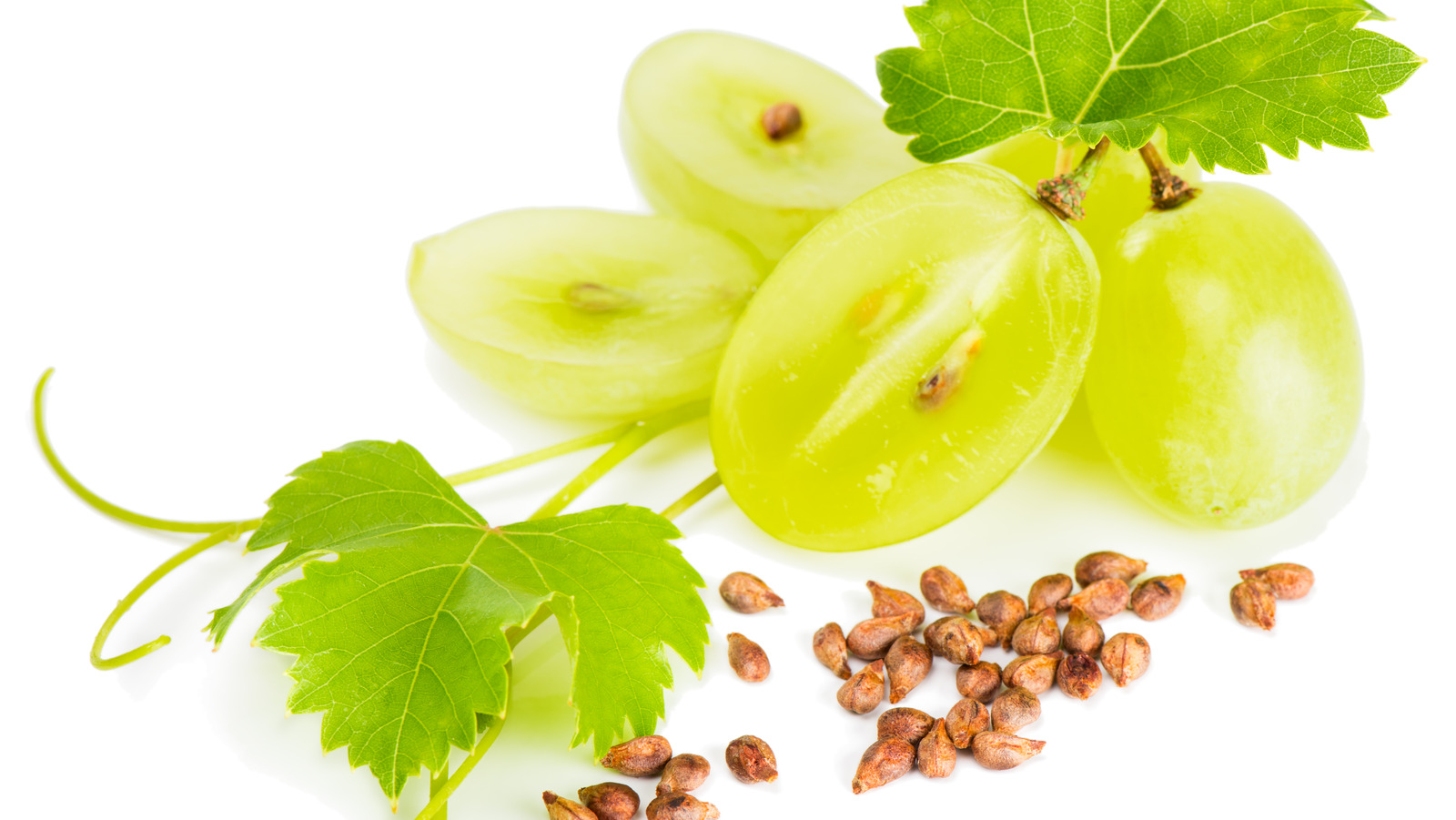
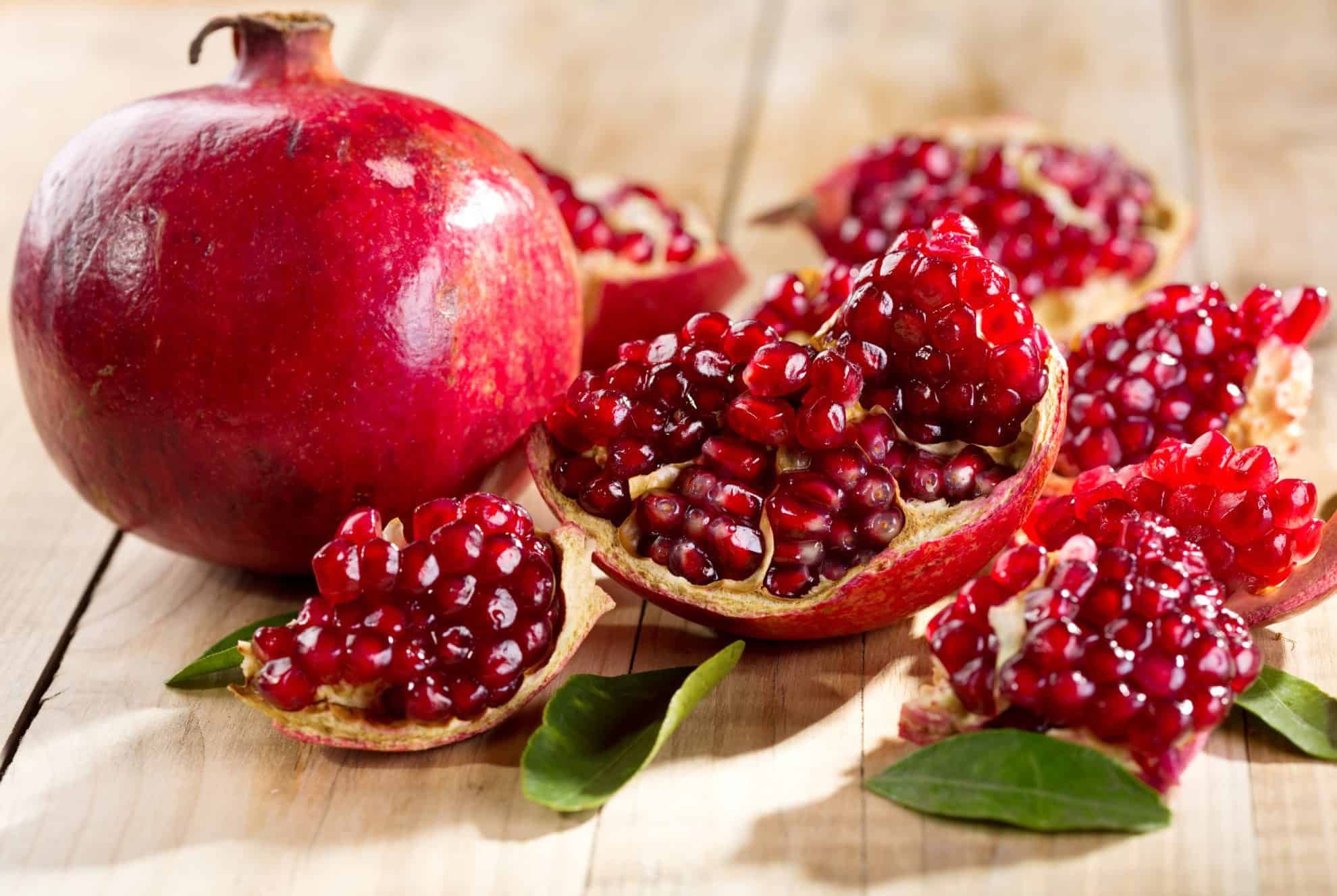

0 thoughts on “How To Eat A Pomegranate Seed”